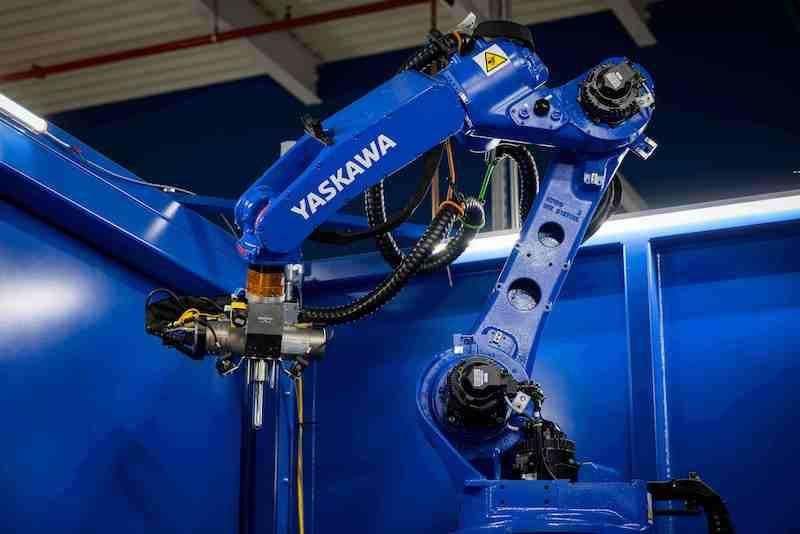
Credit: GE Aerospace
CINCINNATI—A non-destructive inspection system for metallic engine parts based on technology developed for detecting art forgeries is set for deployment to MRO shops via GE Aerospace’s soon-to-open Services Technology Acceleration Center (STAC). Set to debut in September, the STAC is designed to...
Subscription Required
Metal Inspection System To Debut Via GE MRO Tech Acceleration Center is published in Aviation Daily, an Aviation Week Intelligence Network (AWIN) Market Briefing and is included with your AWIN membership.
Already a member of AWIN or subscribe to Aviation Daily through your company? Login with your existing email and password
Not a member? Learn how to access the market intelligence and data you need to stay abreast of what's happening in the air transport community.





